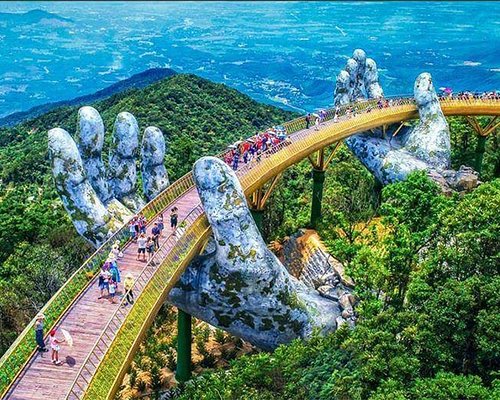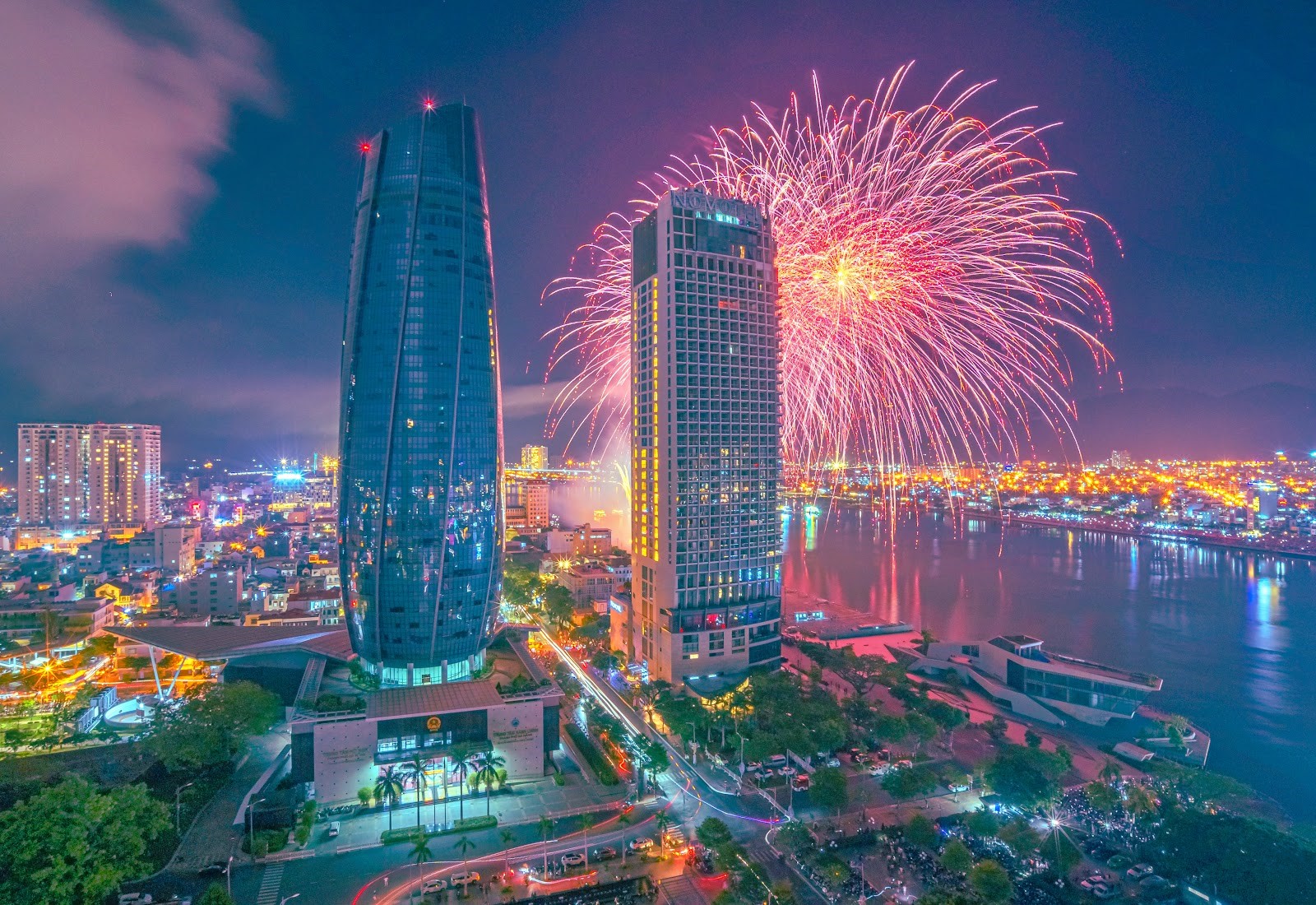Da Nang 다낭밤문화, a bustling city nestled in central Vietnam, boasts a wealth of historical sites and cultural gems. Here, history unfolds in a vivid tapestry woven with museums and monuments. Explore the enchanting historical marvels of Da Nang in this article, offering an insightful guide to the city’s captivating museums and iconic landmarks.
Introduction to Da Nang’s Historical Significance
With a rich history spanning millennia, Da Nang has played pivotal roles from the Champa Kingdom era to its prominence as a vital colonial-era port. Positioned strategically with a natural harbor, Da Nang stood as a historical cornerstone in Vietnamese annals, serving as a significant trade and military center.
Da Nang Museums: Guardians of History
The Museum of Cham Sculpture
Established in 1915, the Museum of Cham Sculpture stands as a cornerstone of Da Nang’s cultural landscape. Boasting the globe’s premier assortment of Cham artifacts, it offers a window into the bygone Champa civilization that thrived from the 2nd to the 17th century.
Highlights of the Museum
- Sculptures and Artifacts: The museum features over 300 pieces of sculpture, predominantly made from sandstone, which depict Hindu deities such as Shiva, Vishnu, and Brahma, as well as various mythical creatures.
- Exhibition Halls: The museum is divided into ten exhibition halls, each dedicated to different regions where Cham temples and ruins were found, such as Tra Kieu, My Son, and Dong Duong.
Da Nang Museum
The Da Nang Museum provides extensive insight into the history, culture, and evolution of the city. This contemporary museum features interactive exhibits and houses a diverse array of artifacts.
Key Exhibits
- Ancient History: This section explores the prehistoric period and the establishment of early settlements in Da Nang.
- Cham Civilization: A detailed exhibit on the Champa Kingdom, featuring artifacts, relics, and information on their societal structure and culture.
- Colonial Era: Displays highlighting the impact of French colonization, including documents, photographs, and personal items from the period.
- Vietnam War: This section provides a poignant look at the war’s impact on Da Nang, with war relics, photographs, and personal stories.
Monuments in Da Nang: Living History
Marble Mountains (Ngu Hanh Son)
The Marble Mountains consist of five majestic hills crafted from marble and limestone, each representing an elemental force: Metal, Wood, Water, Fire, and Earth. These hills hold profound cultural and religious importance, adorned with a plethora of caves, tunnels, and temples.
Notable Features
- Thuy Son: The largest and most famous of the mountains, home to several pagodas and caves such as Huyen Khong Cave and Tam Thai Pagoda.
- Non-Nuoc Stone Carving Village: Located at the foot of the Marble Mountains, this village is renowned for its traditional stone-carving craftsmanship.
Dragon Bridge (Cầu Rồng)
Opened in 2013, the Dragon Bridge stands as a testament to modern engineering and a significant cultural icon of Da Nang. Shaped like a dragon, a revered symbol in Vietnamese culture embodying strength, honor, and prosperity, it captures the essence of tradition and innovation.
Highlights
- Nighttime Display: The bridge features a spectacular light show at night, with the dragon’s head spewing fire and water.
- Architectural Design: The bridge’s design is both aesthetically pleasing and functional, providing a vital link across the Han River.
Linh Ung Pagoda
Situated on the Son Tra Peninsula, Linh Ung Pagoda is one of the largest pagodas in Da Nang. It is known for its stunning architecture and the towering Lady Buddha statue, which stands at 67 meters tall.
Key Attractions
- Lady Buddha Statue: Vietnam boasts the tallest Buddha statue, providing breathtaking panoramic vistas of the city and coastline.
- Pagoda Grounds: The pagoda showcases exquisite gardens, courtyards, and an array of statues depicting Buddhist deities.
Conclusion: Embracing Da Nang’s Historical Wealth
Explore Da Nang’s rich history from the Champa civilization to modern times through its museums & monuments. Discover the city’s cultural heritage, historical grandeur, and its role in Vietnamese history. Whether you’re a history buff or a casual tourist, Da Nang’s historical sites will leave a lasting impression.
Practical Information for Visitors
Museum Visiting Tips
- Opening Hours: Da Nang museums typically operate from 8:00 AM to 5:00 PM, pausing for lunch between 11:30 AM and 1:30 PM. Visit during these hours for an insightful exploration of Da Nang’s cultural treasures.
- Entrance Fees: Admission fees vary, typically ranging from 20,000 to 60,000 VND.
- Guided Tours: Explore museums with multilingual guided tours for a richer experience.
Monument Visiting Tips
- Best Time to Visit: Early mornings or late afternoons are ideal for visiting monuments to avoid the midday heat.
- Dress Code: When visiting pagodas and religious sites, dress modestly with shoulders and knees covered.
- Accessibility: Some sites, such as the Marble Mountains, require climbing stairs, so wear comfortable shoes and be prepared for physical activity.
Exploring the historical treasures of Da Nang offers profound insight into its distinctive cultural and historical heritage. This lively city beckons you to delve into its past, meticulously preserved in its museums and monuments, each narrating a tale of its diverse and opulent history.


